Zoom Economical Water Filter Pump
10,0 ر.ع.
Water Pump for Zoom Economic Filter (Original Replacement Part)
The original water pump for the Zoom Economic Filter provides a continuous water flow, enhancing the filter’s efficiency and performance. Made from high-quality materials to ensure long lifespan and high energy efficiency, with easy installation and maintenance.
Water Pump for Zoom Economic Filter (Original Replacement Part)
The water pump for the Zoom Economic Filter is an original replacement part designed to ensure the optimal performance of the filtration system. This pump provides a continuous water flow, helping to improve the filter’s efficiency and ensuring the delivery of pure and healthy water consistently.
Key Specifications:
- High Performance: The pump provides stable water pressure and a continuous flow, contributing to enhanced filtration efficiency.
- Durability and Quality: Made from high-quality materials to ensure long life and reliable performance.
- Easy Installation: Designed to fit the Zoom Economic Filter seamlessly, making replacement and installation straightforward.
- Energy Efficient: The pump operates with high efficiency while consuming minimal energy.
Benefits:
- Improved Filter Efficiency: Helps maintain the ideal water flow, enhancing the filter’s performance.
- Reliability and High Quality: An original replacement part that guarantees reliable performance and a long lifespan for the device.
- Low Maintenance: Requires minimal maintenance to ensure the pump operates efficiently.
Uses:
- Replacing a damaged or faulty pump in Zoom Economic Filters.
- Maintaining the ideal water flow to ensure continuous and pure filter performance.
Choose the original replacement water pump for the Zoom Economic Filter to ensure optimal and reliable performance!
FAQs
Function of the Water Pump for the Zoom Economic Filter
The water pump in the Zoom Economic Filter plays a vital role in improving system efficiency, water flow, and overall filtration performance. Since reverse osmosis (RO) systems rely on sufficient water pressure to function correctly, the pump ensures the system operates at optimal conditions.
🔹 Key Functions of the Water Pump in the Zoom Economic Filter
1️⃣ Boosts Water Pressure for Optimal Filtration
- RO membranes require at least 60 PSI for effective filtration.
- If the incoming water pressure is too low (below 40 PSI), filtration becomes inefficient.
- The water pump increases pressure, ensuring the RO membrane functions correctly.
✅ Benefit: Ensures proper filtration by maintaining the correct pressure.
2️⃣ Improves Water Production Rate
- Without a pump, an RO system with low pressure produces water slowly.
- The Zoom Economic Filter’s pump speeds up water flow, allowing faster refilling of the storage tank.
✅ Benefit: Faster water production and improved availability of purified water.
3️⃣ Reduces Water Waste & Improves Efficiency
- Low water pressure causes the RO system to waste more water, as the membrane cannot filter efficiently.
- With a pump, the system maintains the optimal waste-to-pure water ratio, reducing excess wastewater.
✅ Benefit: Less water wasted, lower utility costs, and eco-friendly operation.
4️⃣ Ensures Consistent Performance in Low-Pressure Areas
- If your household has low water pressure, an RO system may struggle to function properly.
- The Zoom Economic Filter’s pump compensates for pressure drops, keeping the system running smoothly.
✅ Benefit: Works efficiently even in homes with low incoming water pressure.
5️⃣ Extends RO Membrane Lifespan
- When water pressure is too low, the RO membrane works harder, leading to premature wear.
- The pump provides stable, consistent pressure, preventing unnecessary strain on the membrane.
✅ Benefit: Extends the life of the RO membrane, reducing maintenance costs.
🔹 How the Water Pump Works in the Zoom Economic Filter
✔ Detects when water pressure is low and automatically turns on.
✔ Boosts pressure to the recommended 60–80 PSI for optimal RO performance.
✔ Works with low-pressure and high-pressure switches to start and stop as needed.
✔ Shuts off when the storage tank is full to conserve energy.
🚀 Final Verdict: Why is the Water Pump Important?
✅ Boosts pressure for effective filtration.
✅ Speeds up water production, reducing wait times.
✅ Reduces water waste, making the system more efficient.
✅ Prevents performance issues in low-pressure areas.
✅ Extends the lifespan of the RO membrane and components.
How the Pump Improves the Performance of the Zoom Economic Filter
The pump in the Zoom Economic Filter significantly enhances the filtration efficiency, water output, and overall system performance. Since reverse osmosis (RO) filtration relies on adequate pressure, the pump ensures that the system runs at its optimal conditions.
🔹 1️⃣ Increases Water Pressure for Effective Filtration
- RO membranes require 60–80 PSI for proper filtration.
- If the incoming water pressure is below 40 PSI, filtration becomes inefficient.
- The pump boosts pressure to ensure the RO membrane can properly remove contaminants.
✅ Benefit: Ensures proper filtration, improving water purity.
🔹 2️⃣ Improves Water Production Rate
- Low pressure slows down water flow through the membrane, reducing the amount of purified water produced.
- The pump increases flow speed, allowing the RO system to produce water faster.
✅ Benefit: Faster tank refilling, ensuring a steady water supply.
🔹 3️⃣ Reduces Water Waste & Improves Efficiency
- Without enough pressure, the RO system rejects more water as waste.
- A pump increases efficiency, helping maintain the proper waste-to-pure water ratio (typically 4:1 or better).
✅ Benefit: Less wastewater, lower water bills, and more sustainable operation.
🔹 4️⃣ Ensures System Performance in Low-Pressure Areas
- Homes with low incoming water pressure may struggle to use an RO system.
- The pump compensates for low pressure, keeping the filter running efficiently.
✅ Benefit: Makes the system work effectively, even in areas with weak water pressure.
🔹 5️⃣ Extends the Lifespan of the RO Membrane
- Low pressure forces the membrane to work harder, causing faster clogging and wear.
- The pump maintains stable pressure, reducing strain on the membrane.
✅ Benefit: RO membrane lasts longer, reducing maintenance costs.
🔹 6️⃣ Improves Water Flow at the Faucet
- Without a pump, water flow from the RO faucet may be weak and slow.
- A pump ensures stronger, more consistent water pressure at the faucet.
✅ Benefit: Better user experience with a steady and strong water flow.
🔹 7️⃣ Supports Larger Households or Businesses
- Higher pressure means faster water production, making the system more reliable for larger families or small businesses.
✅ Benefit: More available water for drinking, cooking, and appliances.
🚀 Final Verdict: Why is the Pump Important?
✅ Boosts water pressure for better filtration.
✅ Increases water production speed.
✅ Reduces water waste, making the system more efficient.
✅ Extends membrane and filter lifespan.
✅ Ensures steady water flow at the faucet.
✅ Makes RO filtration possible in low-pressure areas.
How Long Will the Water Pump Last in the Zoom Economic Filter?
The lifespan of the water pump in the Zoom Economic Filter depends on several factors, including usage, water quality, and maintenance. However, most high-quality RO pumps typically last between 2 to 5 years with proper care.
🔹 Expected Lifespan of the RO Pump
| Usage Type | Average Lifespan |
|---|---|
| Normal Household Use (4-6 hours daily) | 3 – 5 years |
| Heavy Use (Business, Café, Office, 8+ hours daily) | 2 – 3 years |
| Low Use (Occasional or backup system) | 4 – 6 years |
✅ A well-maintained pump can last 5+ years, while a neglected one may fail within 2 years.
🔹 Factors That Affect Pump Lifespan
1️⃣ Water Quality
- If your water has high sediment, chlorine, or hardness, the pump may wear out faster.
- Installing pre-filters and ensuring proper RO maintenance extends pump life.
2️⃣ Daily Operating Hours
- A pump that runs continuously for long hours will wear out faster.
- If your system cycles on/off frequently, it reduces stress on the pump.
3️⃣ Proper Installation & Voltage Stability
- A pump connected to the wrong power supply (incorrect voltage) can fail quickly.
- Ensure your pump runs on 24V DC (or the correct power rating for your model).
4️⃣ Regular Maintenance
- Cleaning & flushing the RO system regularly prevents sediment buildup inside the pump.
- Replacing pre-filters on time prevents dirt from reaching the pump, reducing strain.
5️⃣ System Pressure & Overuse
- If the pump runs dry (without water) too often, it can overheat and wear out faster.
- If the pressure switch fails, the pump may stay ON continuously, causing premature burnout.
🔹 Signs Your RO Pump Needs Replacement
🔻 Weak or No Water Flow – The pump is running but not boosting pressure.
🔻 Loud Noise or Vibrations – A failing pump may become louder than usual.
🔻 Leaks or Overheating – Signs of internal damage or excessive wear.
🔻 System Runs Continuously – May indicate pump failure or pressure switch issues.
✅ If you notice these issues, it may be time to replace or service the pump.
🚀 Final Verdict: How Long Will Your Pump Last?
✔ With proper maintenance: 3 – 5 years
✔ With heavy use or poor maintenance: 2 – 3 years
✔ With excellent care & clean water: 5+ years possible
Only logged in customers who have purchased this product may leave a review.
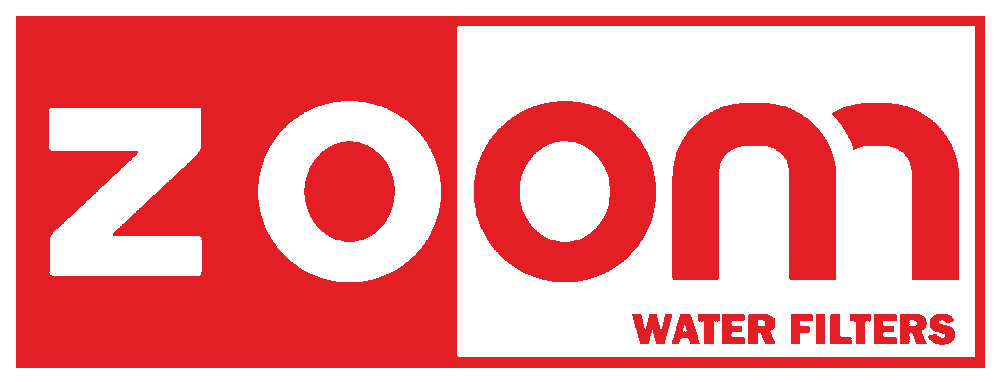

 العربية
العربية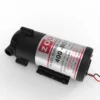

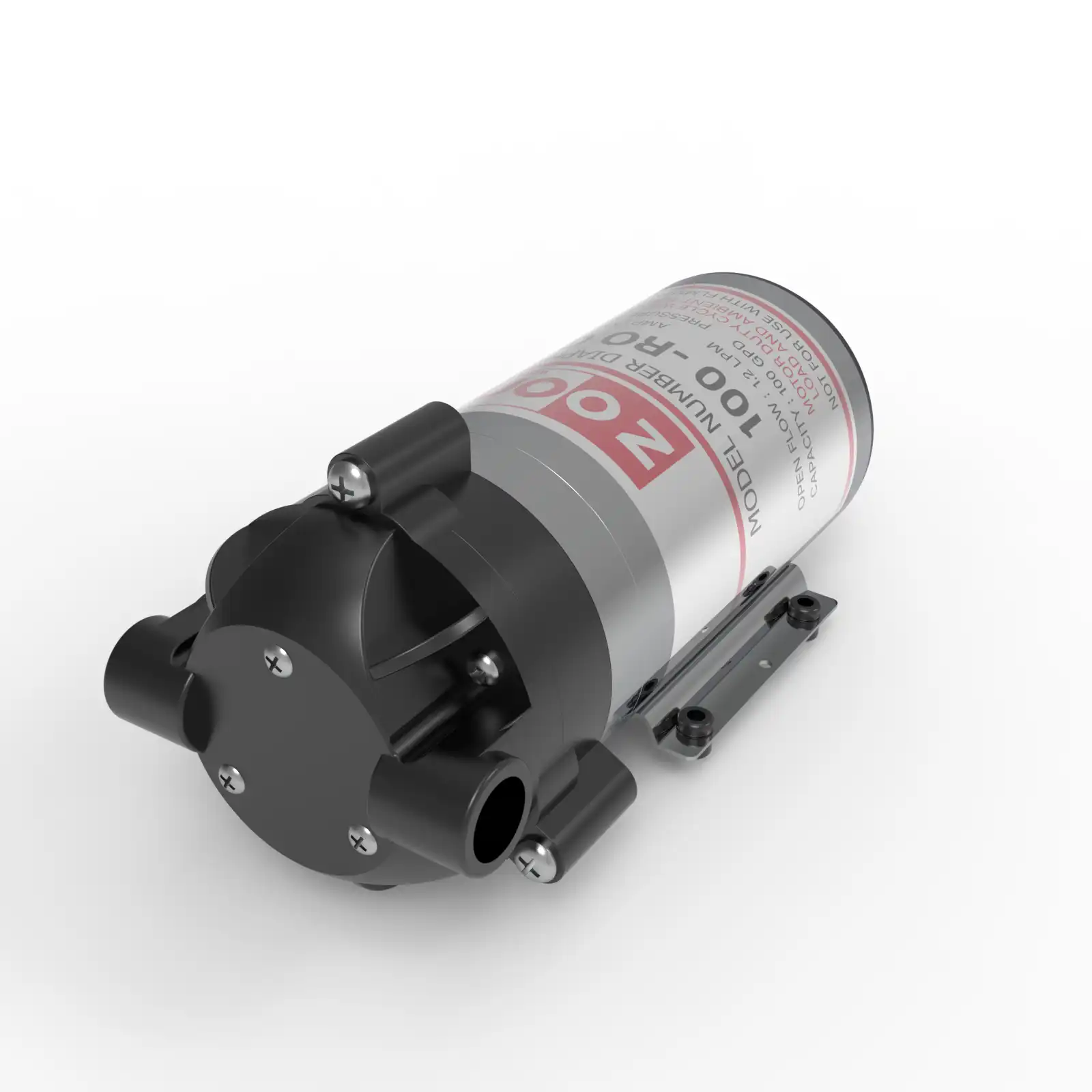
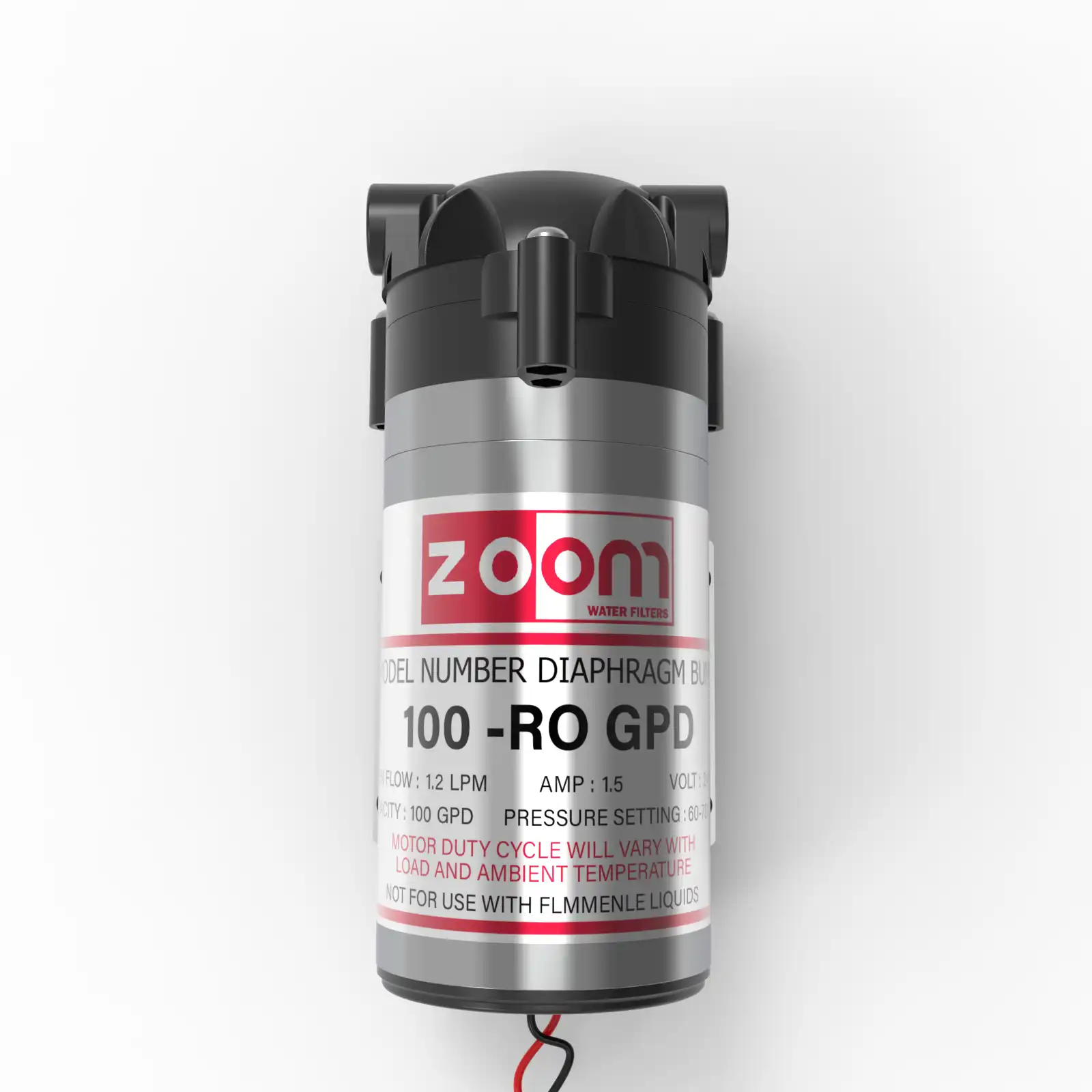
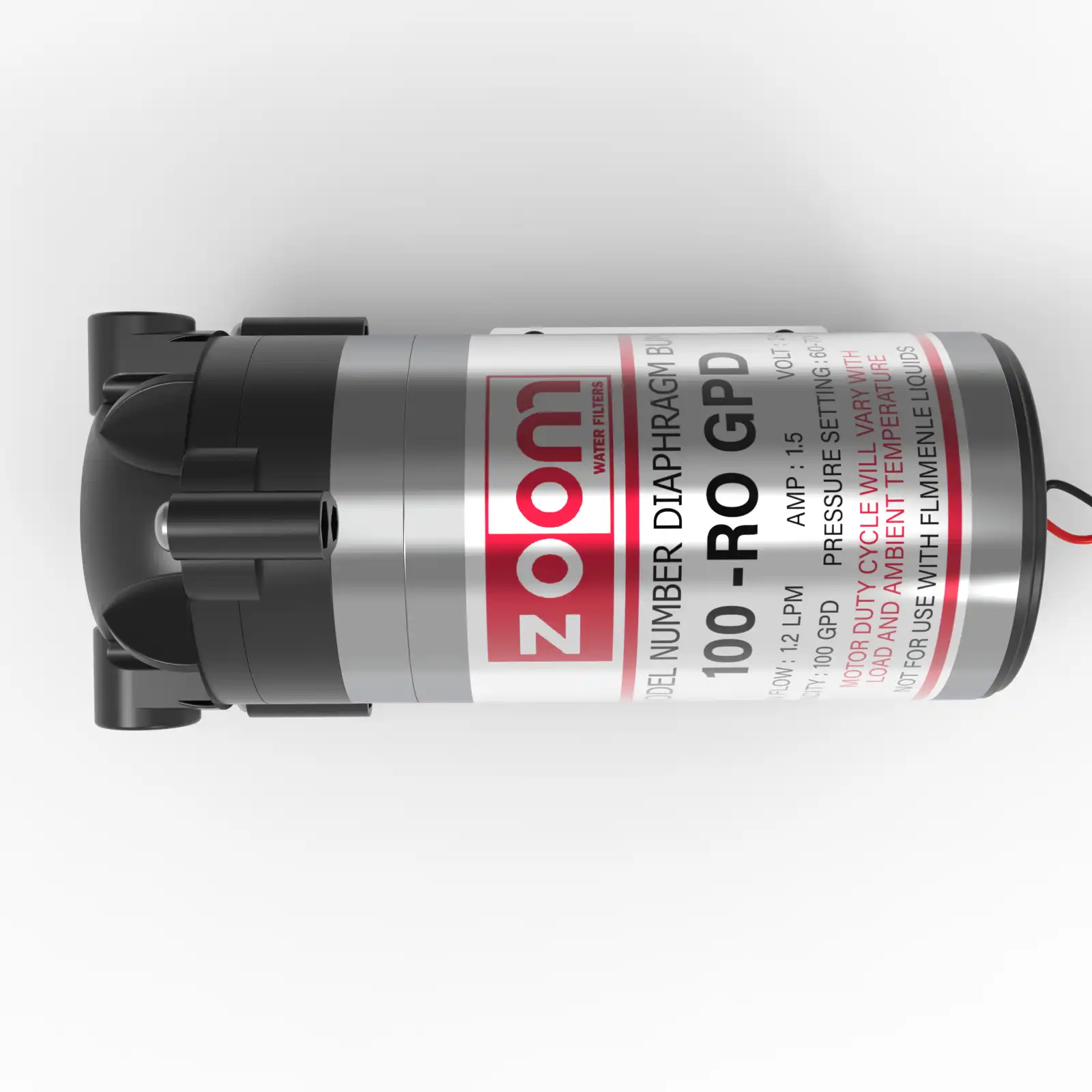
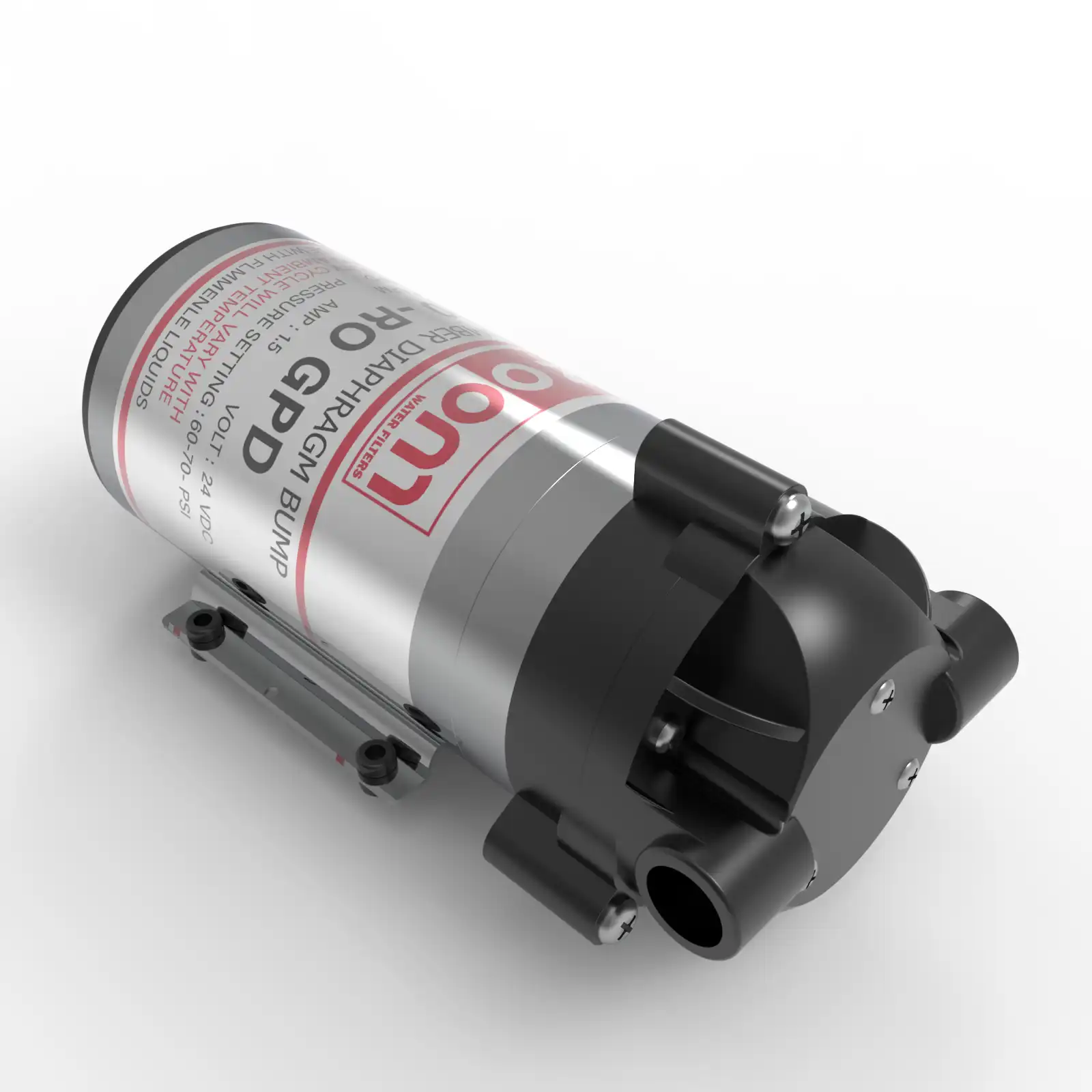
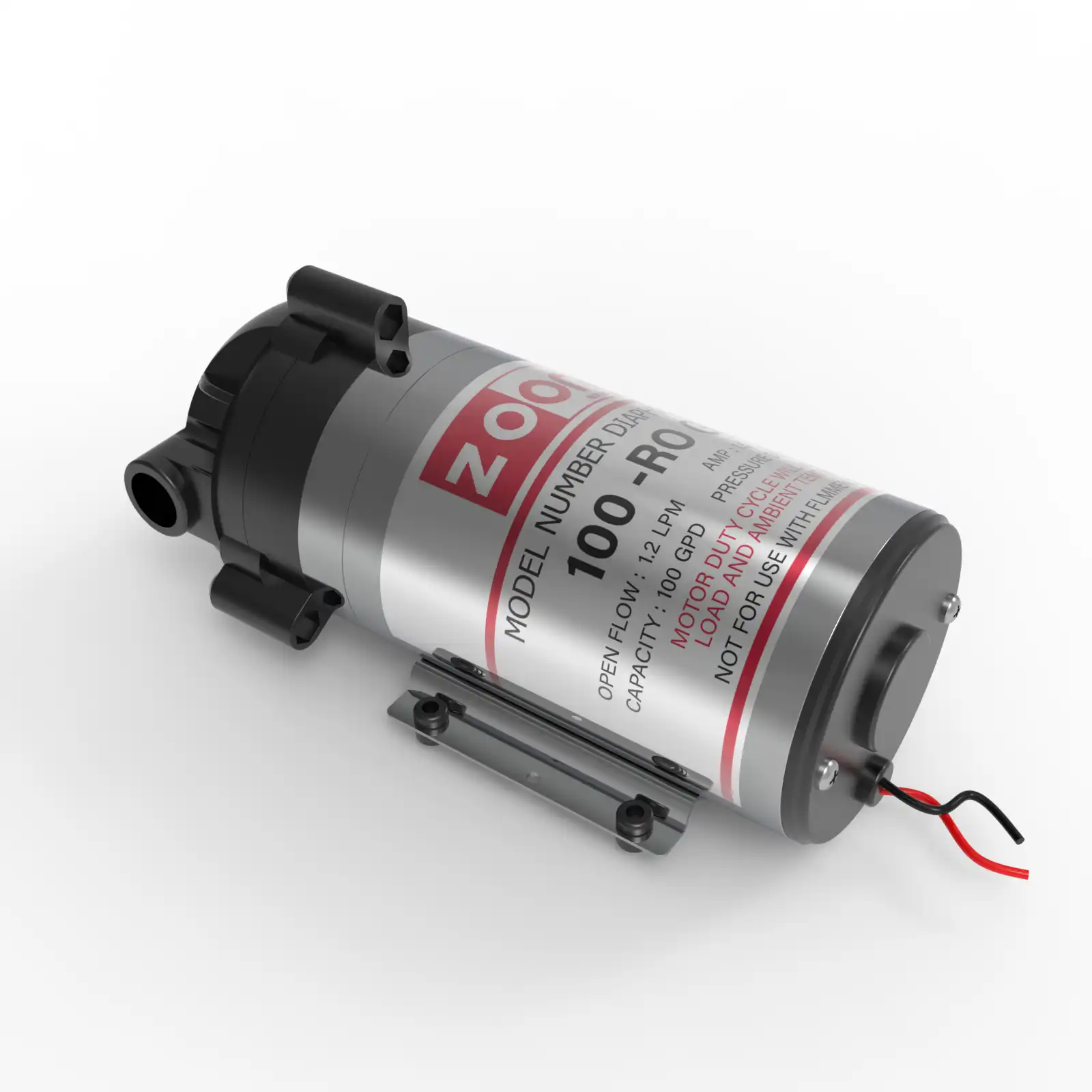


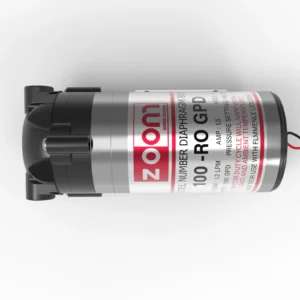
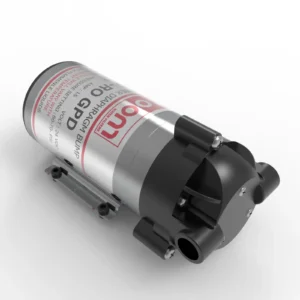
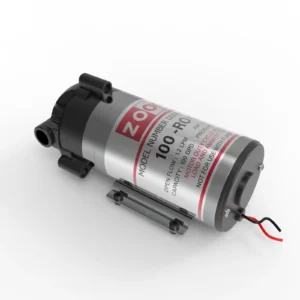
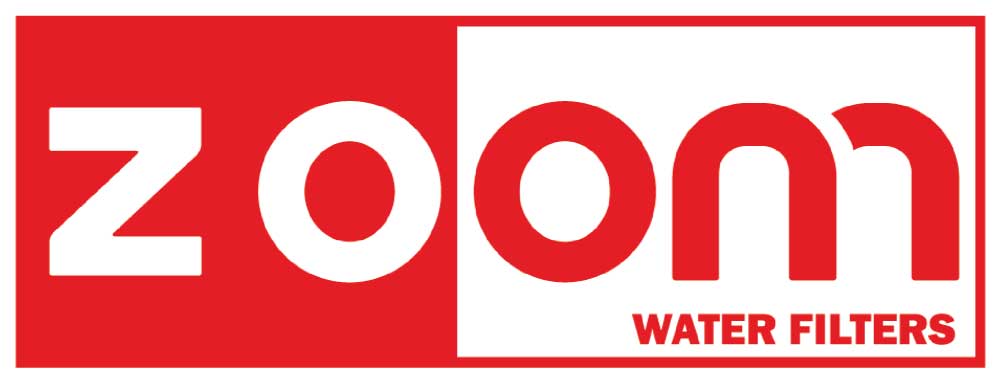


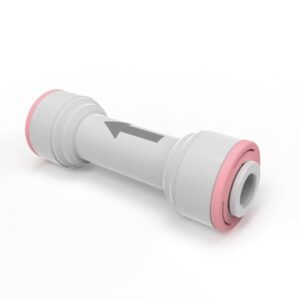
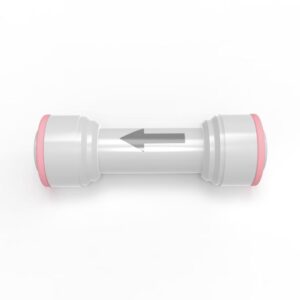
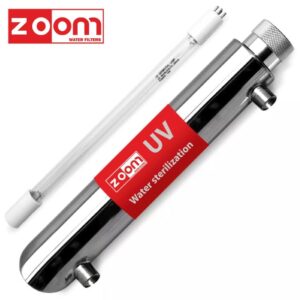
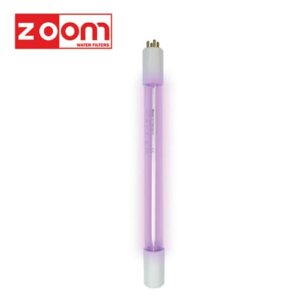
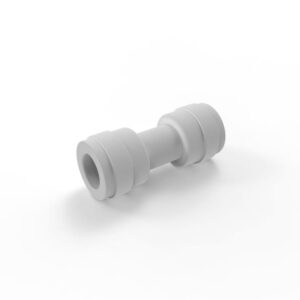
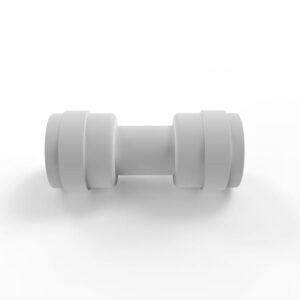
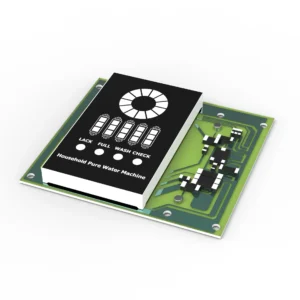
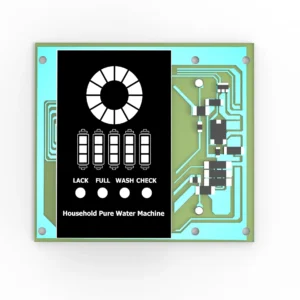
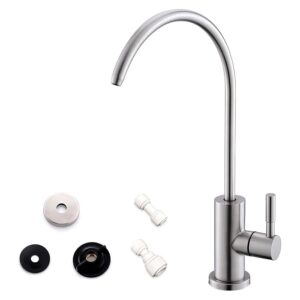
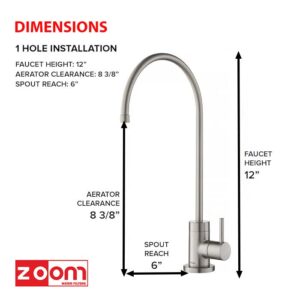
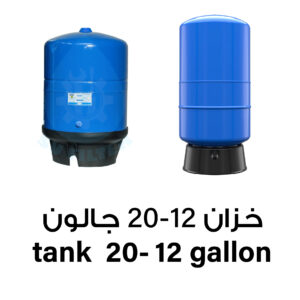


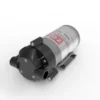
Reviews
There are no reviews yet.